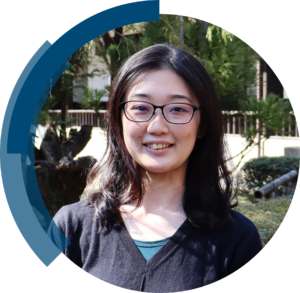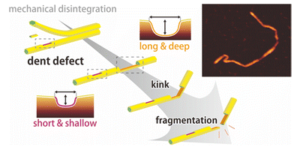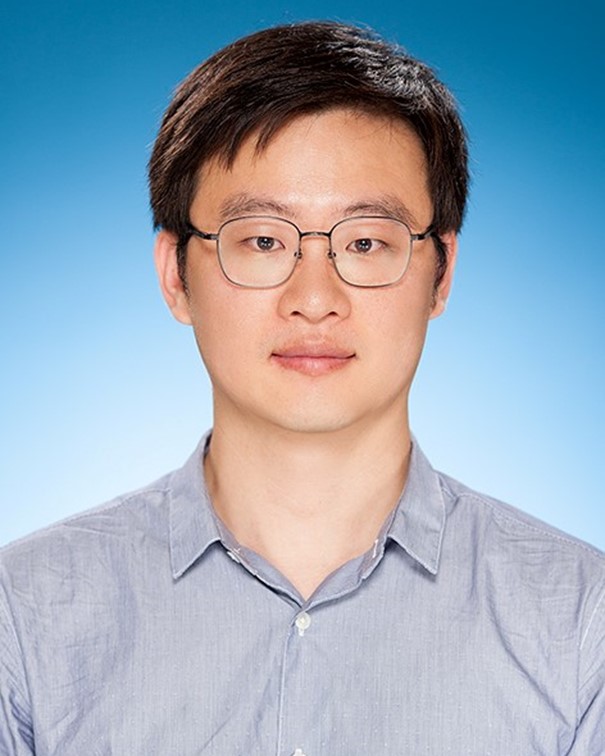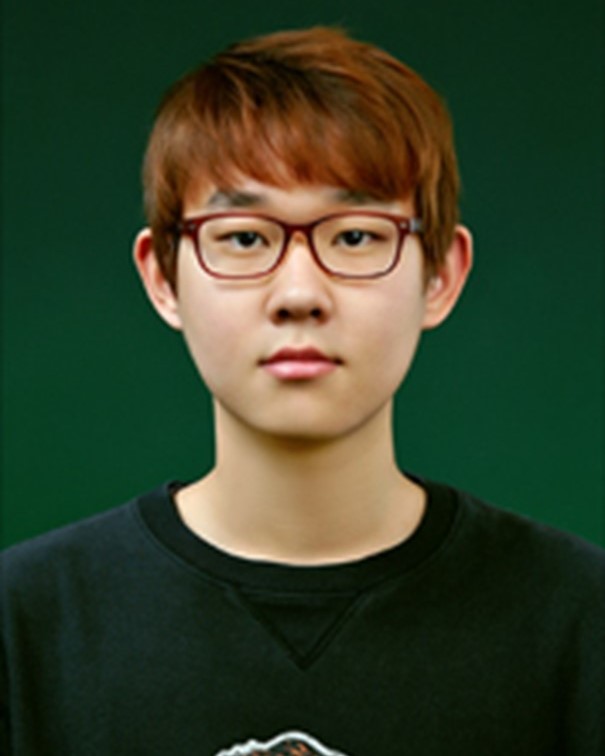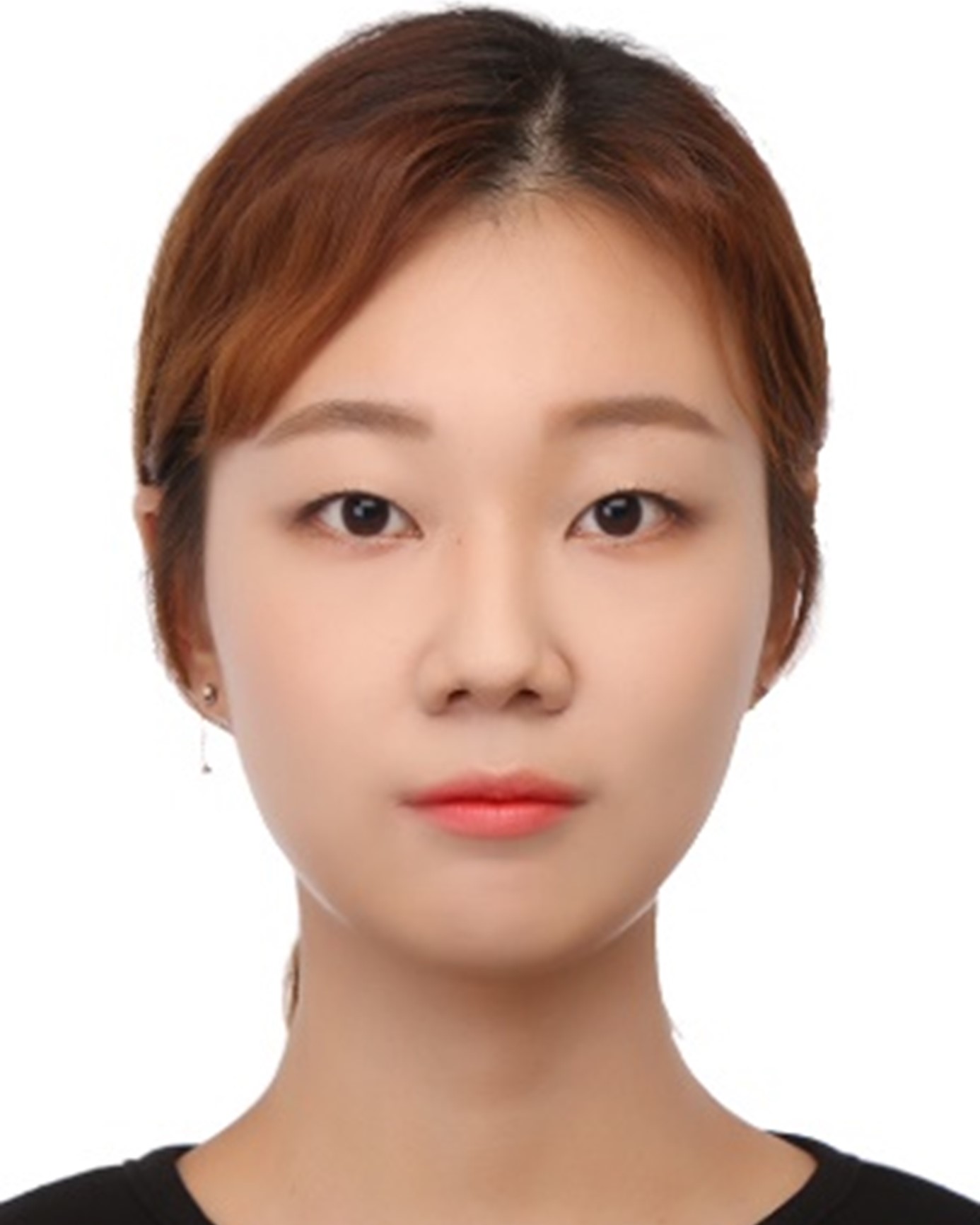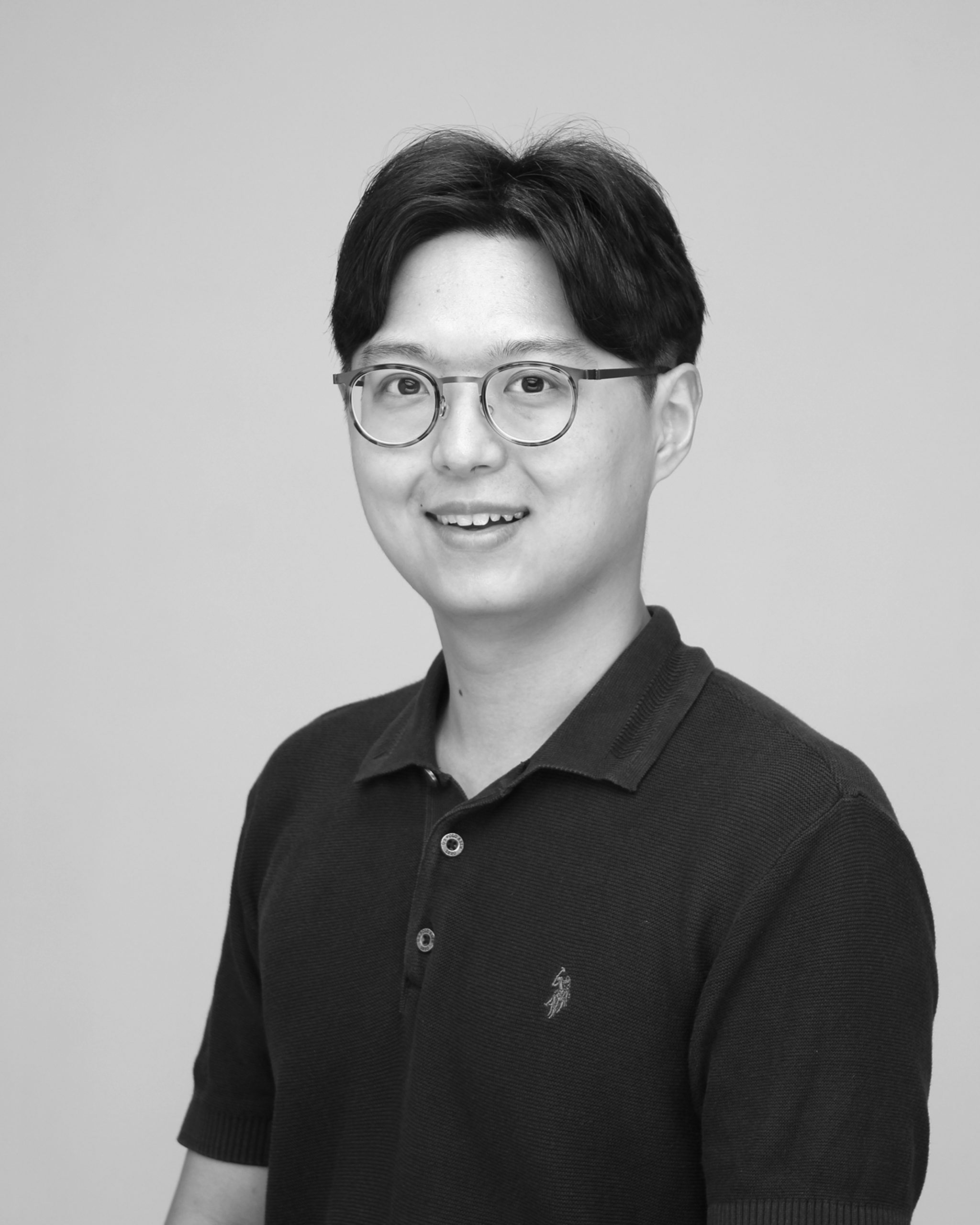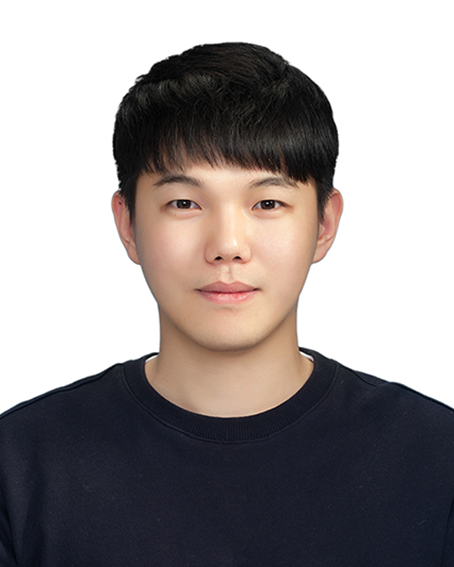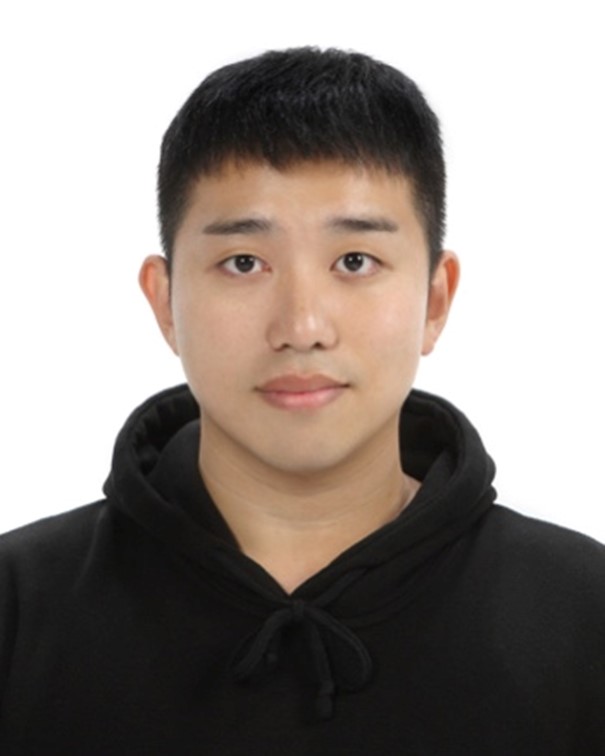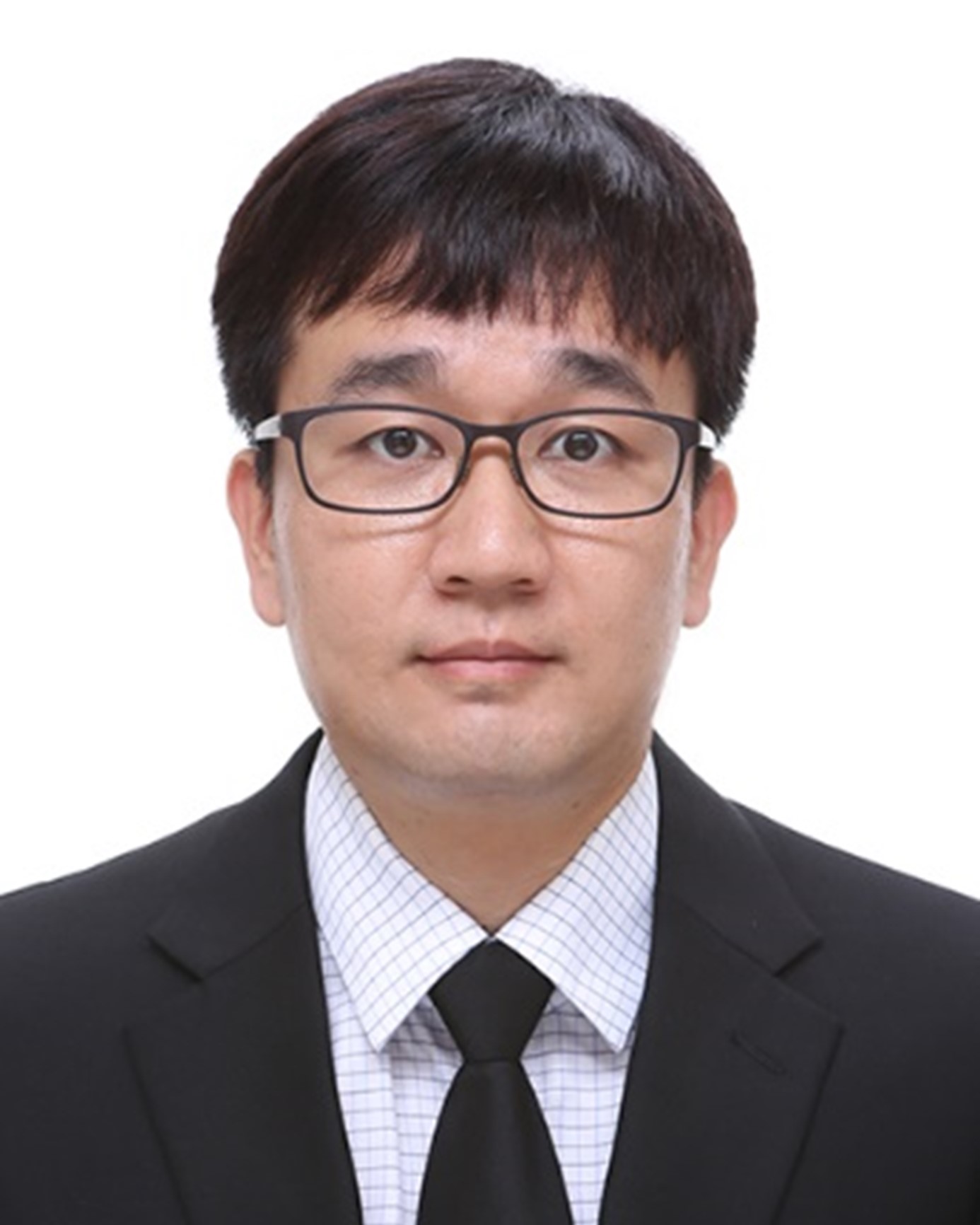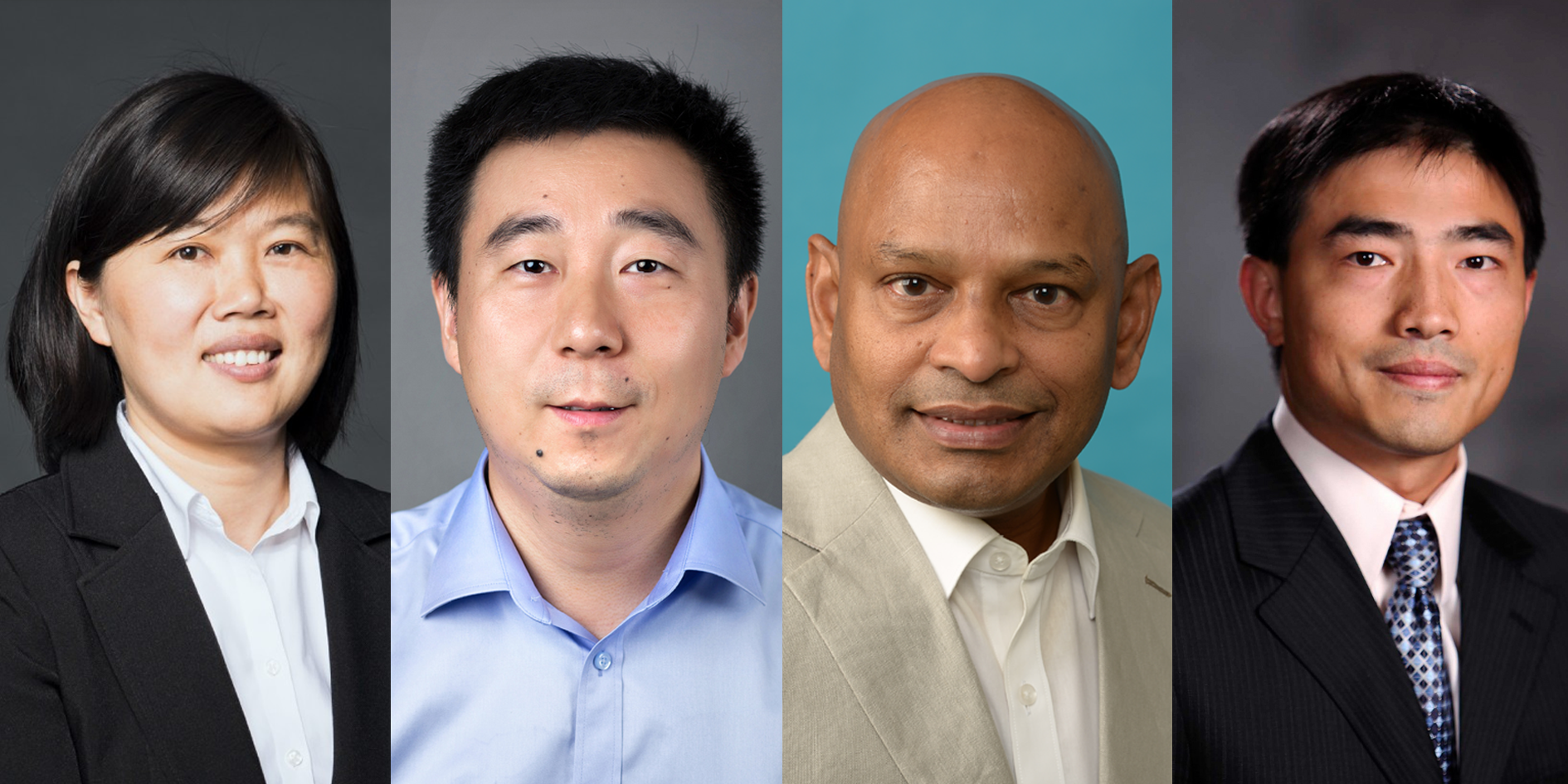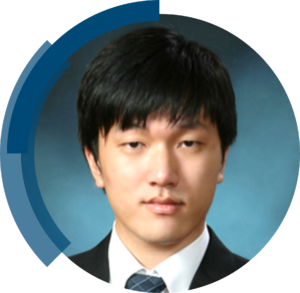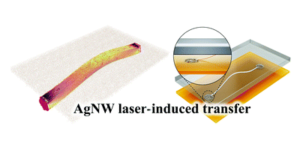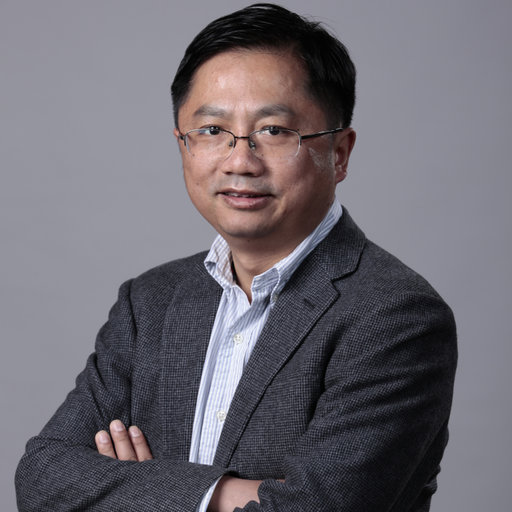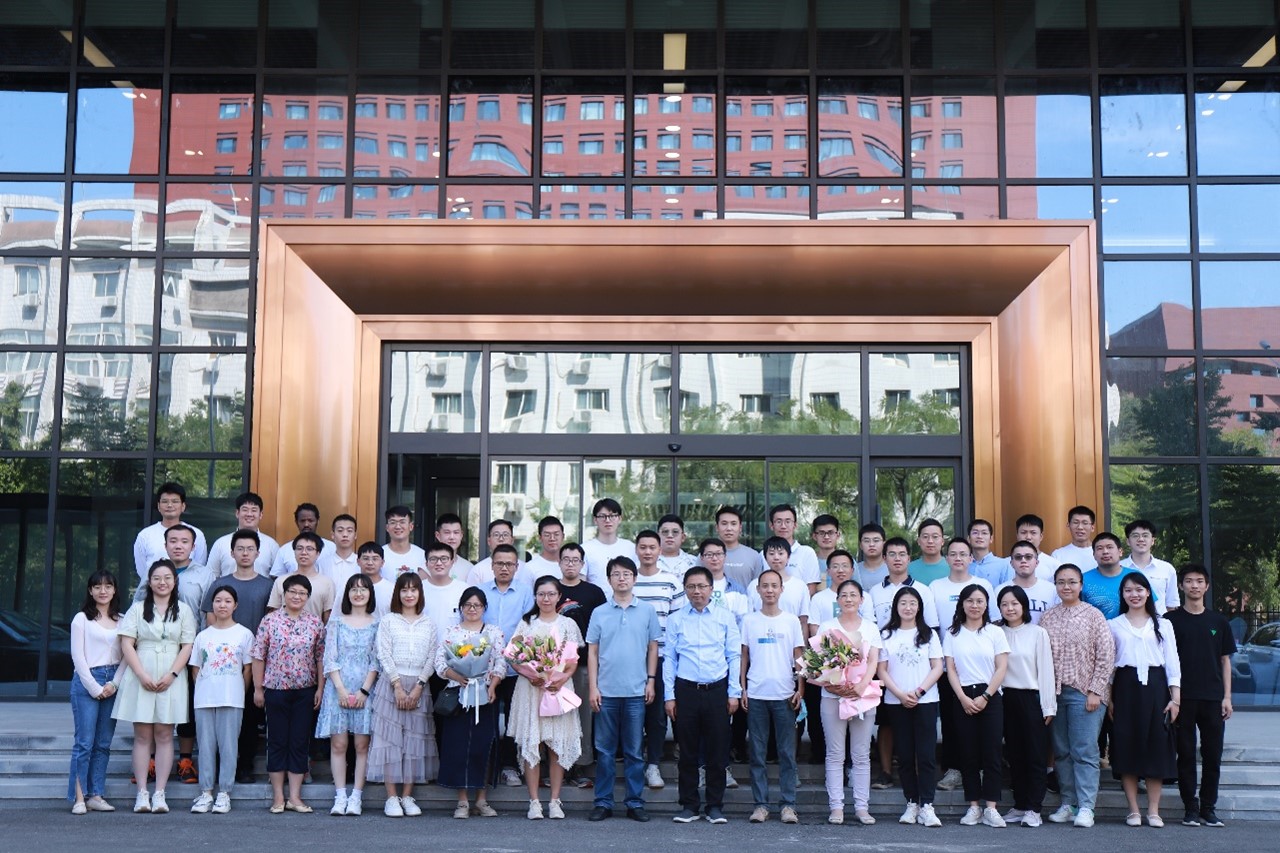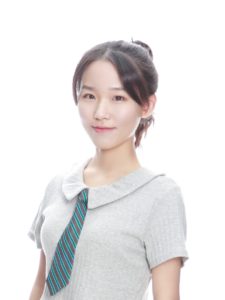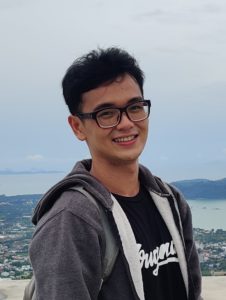Looking back at 2022
An overview of the exciting events, activities and news for Nanoscale Horizons from 2022
Now that 2022 has come to an end, we look back at some of the exciting events, activities and news from Nanoscale Horizons. We are continually thankful for the nano community’s engagement, which has enabled the journal to continue to support our growing community. We look forward to another great year for the journal in 2023.
Board updates
Professor Michael Sailor (University of California, San Diego, USA) and Professor Sarah Tolbert (University of California, Los Angeles, USA) completed their final terms as members of the Nanoscale Horizons Editorial Board and joined our Advisory Board. We would like to thank them both for their excellent service to the journal and community over many years and look forward to continuing to work with them in their new role.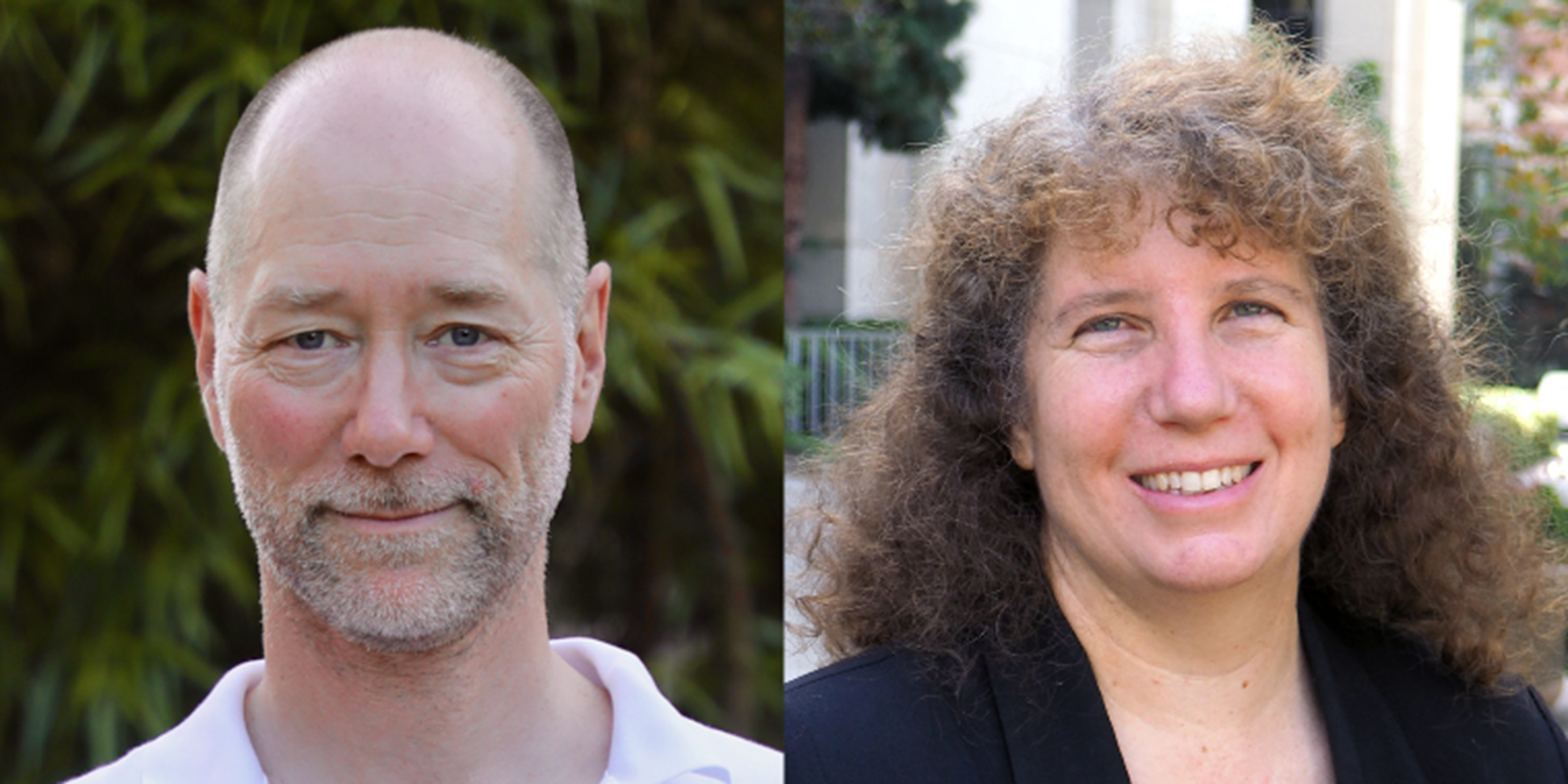
Outstanding paper award
We were delighted to announce Sara E. Skrabalak and her team, Jin-Hong Park and his team, and Katsuhiko Ariga as the winners of our 2021 Outstanding Paper Awards earlier this year.
Please join us in congratulating the winners of the 2021 Outstanding Paper Award and we hope that you enjoy reading their outstanding articles as much as we did.
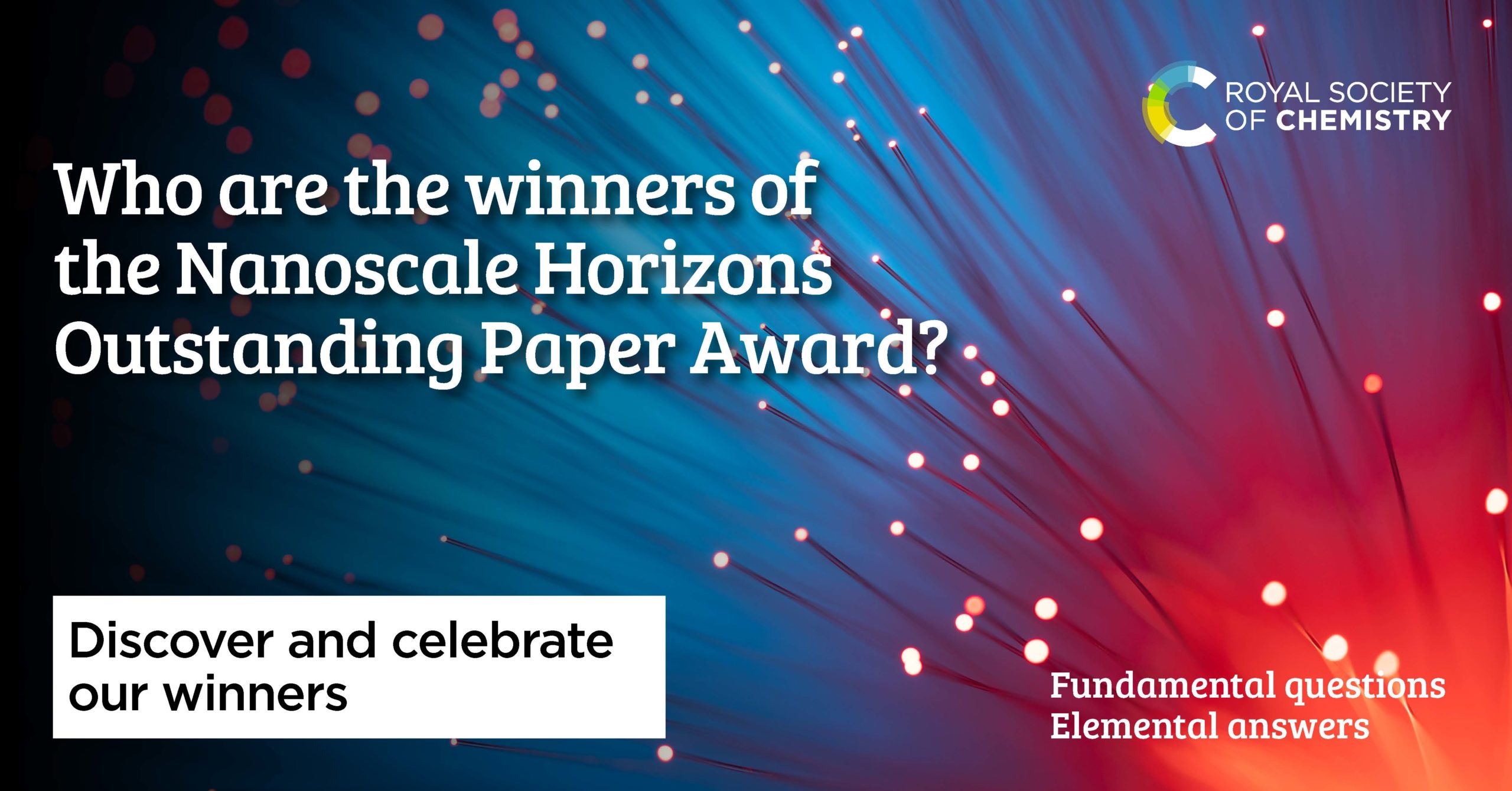
Outstanding reviewers
We recognized the significant contributions that our reviewers have made to the journal and highlighted the 2021 Outstanding Reviewers for Nanoscale Horizons. We once again thank all of Nanoscale Horizons’ reviewers and acknowledge their invaluable support in providing high quality, timely and helpful reports on submissions to the journal, thereby, ensuring that we continue to publish high quality articles.
“We sincerely thank our top reviewers for taking their valuable time to provide high quality reports on the papers and, therefore, ensure a high quality of publications for the journal. Only with their contributions can Nanoscale Horizons belong among the top journals in the field.” – Professor Dr Katharina Landfester, Editorial Board Chair
Community board collections
This year we featured research on antimicrobial materials and surfaces in a collection guest edited by Nanoscale Horizons and Materials Horizons Community Board members Ignacio Insua (Universidade de Santiago de Compostela, Spain) and Ignacio Martín-Fabiani (Loughborough University, UK).
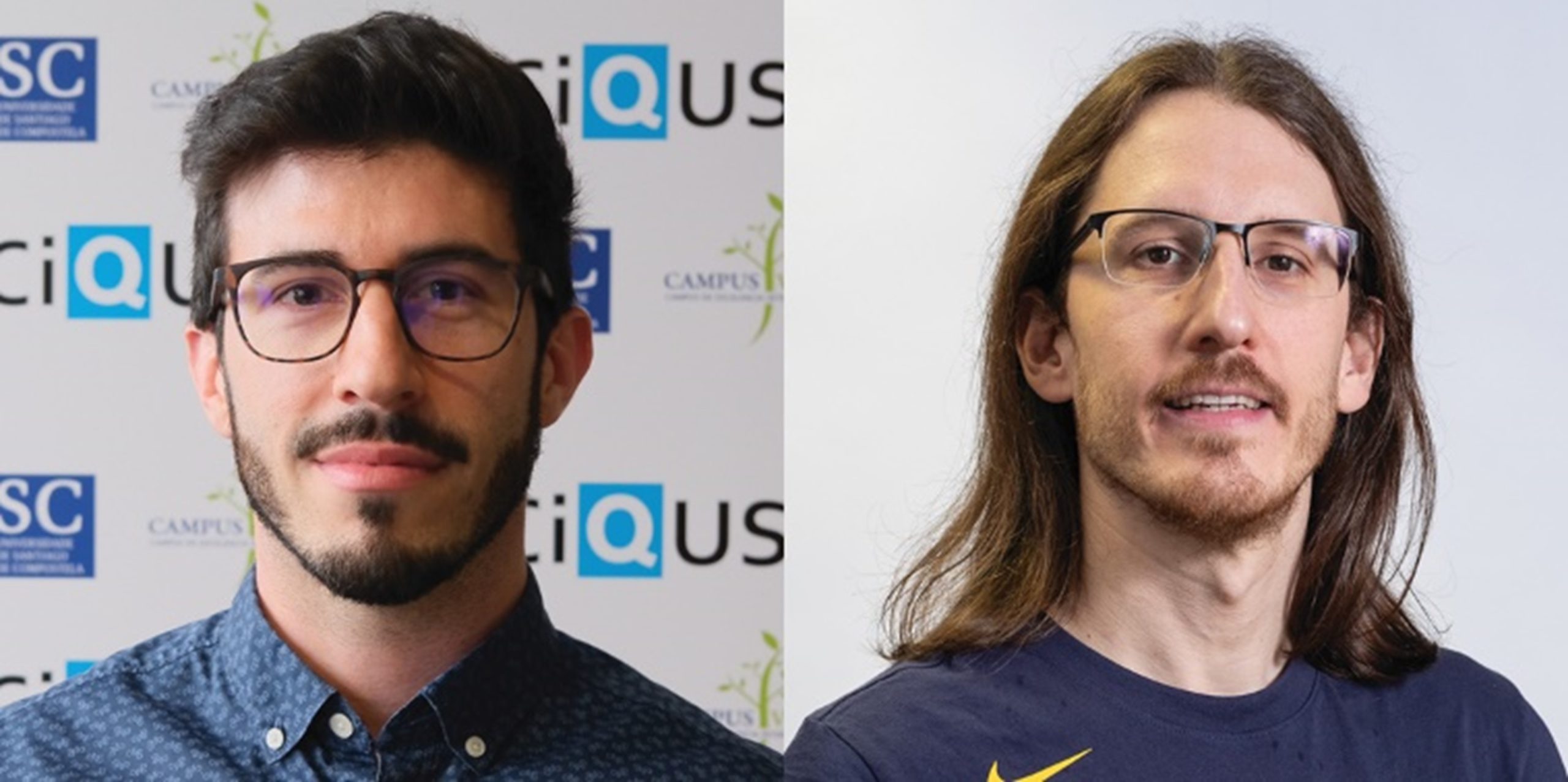
Emerging investigator series
In 2022 we launched a new series on Nanoscale Horizons to showcase the exceptional work published by early-career (i.e., less than ten years post PhD) researchers in the journal. The series will regularly highlight the corresponding author of a recently published Communication article through an interview-style Editorial.
Our first Emerging Investigator in the series, Dr Huiyuan Zhu (University of Virginia, USA) spoke to us about her research, career advice and hobbies in our first Emerging Investigator interview. We then spoke to Dr Sukjoon Hong and Dr Joonmyung Choi (Hanyang University, South Korea) in our second Emerging Investigator interview.
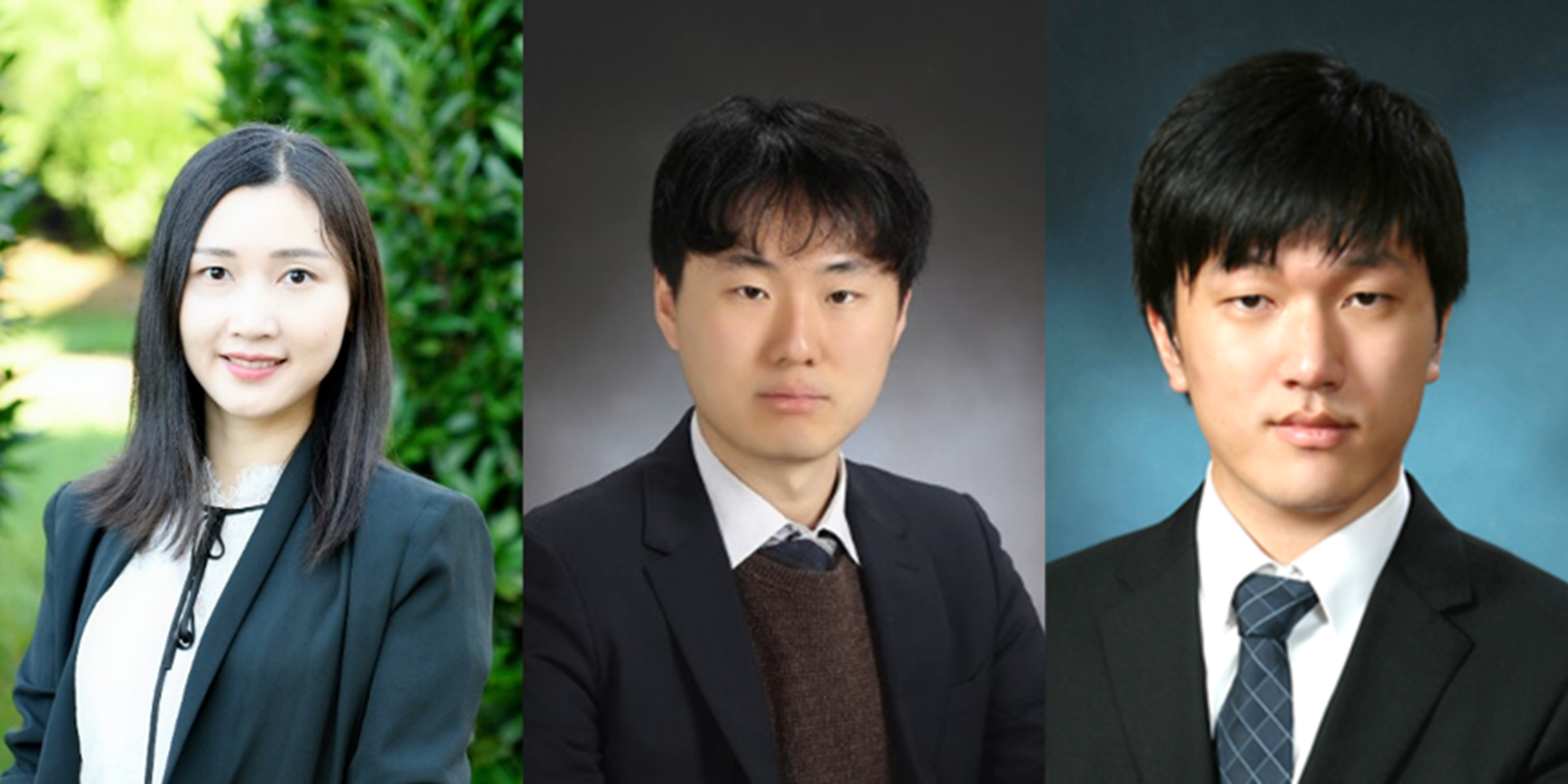
If you are eligible and interested in submitting a paper for potential inclusion in the series, please do contact the Editorial office (nanoscalehorizons-rsc@rsc.org) for details.
Journal metrics
This year we were pleased to see that the Nanoscale Horizons’ impact factor increased to 11.684 in the 2021 Journal Citation Reports (Clarivate Analytics, 2022), with over 19.5k monthly downloads and 50% open access content. These are just a few of the many metrics that can be used to measure the journal’s reach, quality and impact.
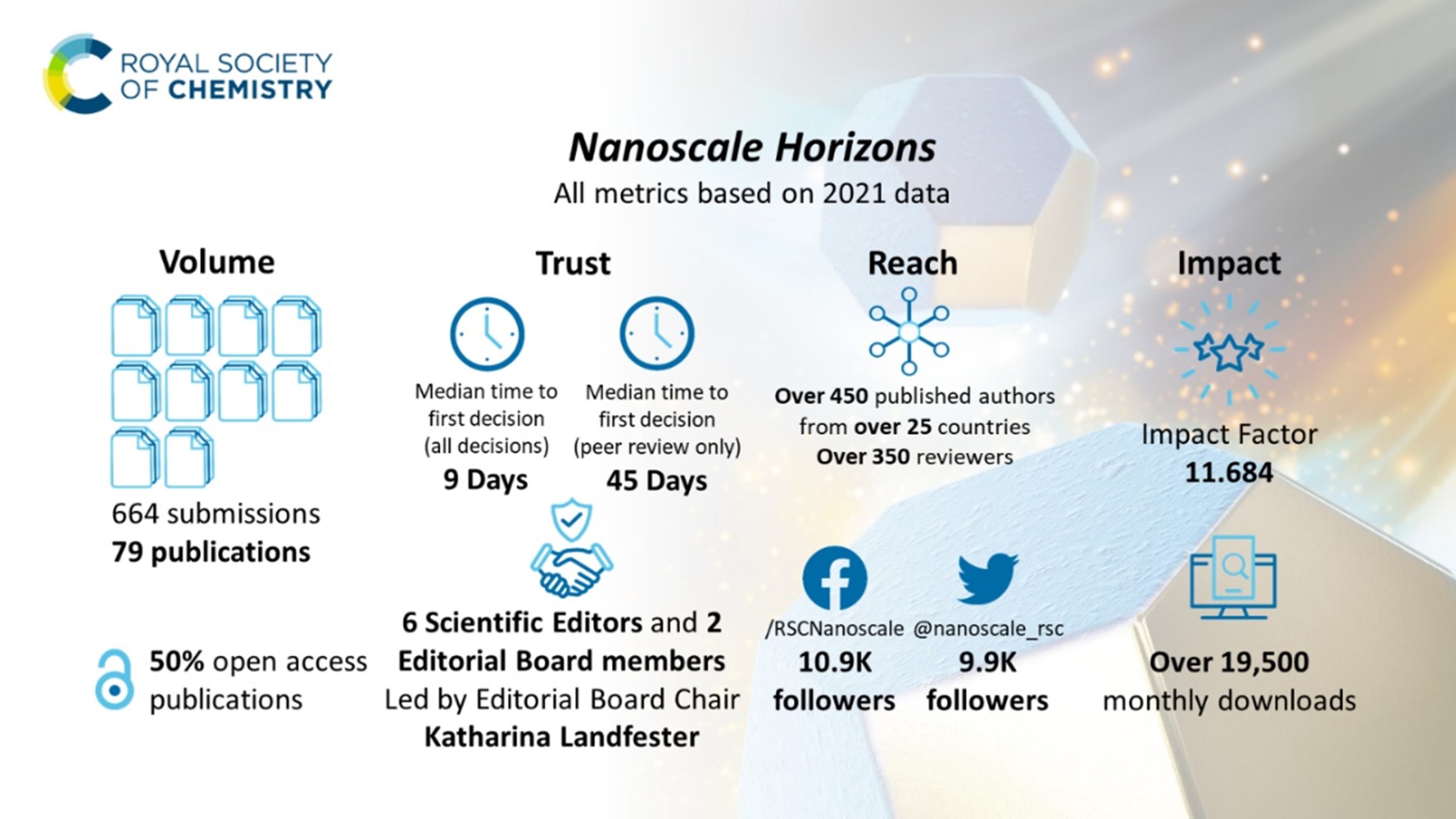
Focus articles
Finally, discover our latest educational articles, addressing topic areas that are often misunderstood or require greater explanation, in the Nanoscale Horizons Focus Article Collection.
The Nanoscale Horizons team wish you a Happy New Year!
With best wishes,
Professor Dr Katharina Landfester, Editorial Board Chair
Professor Wenlong Cheng, Scientific Editor
Professor Yves Dufrêne, Scientific Editor
Professor Anna Fontcuberta i Morral, Scientific Editor
Professor Dr Dirk Guldi, Scientific Editor
Professor Zhiyong Tang, Scientific Editor
Professor Jinlan Wang, Scientific Editor
Professor Miqin Zhang, Editorial Board Member
Dr Heather Montgomery, Managing Editor
Mr Edward Gardner, Development Editor
Comments Off on Nanoscale Horizons: Looking back at 2022











